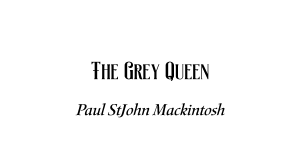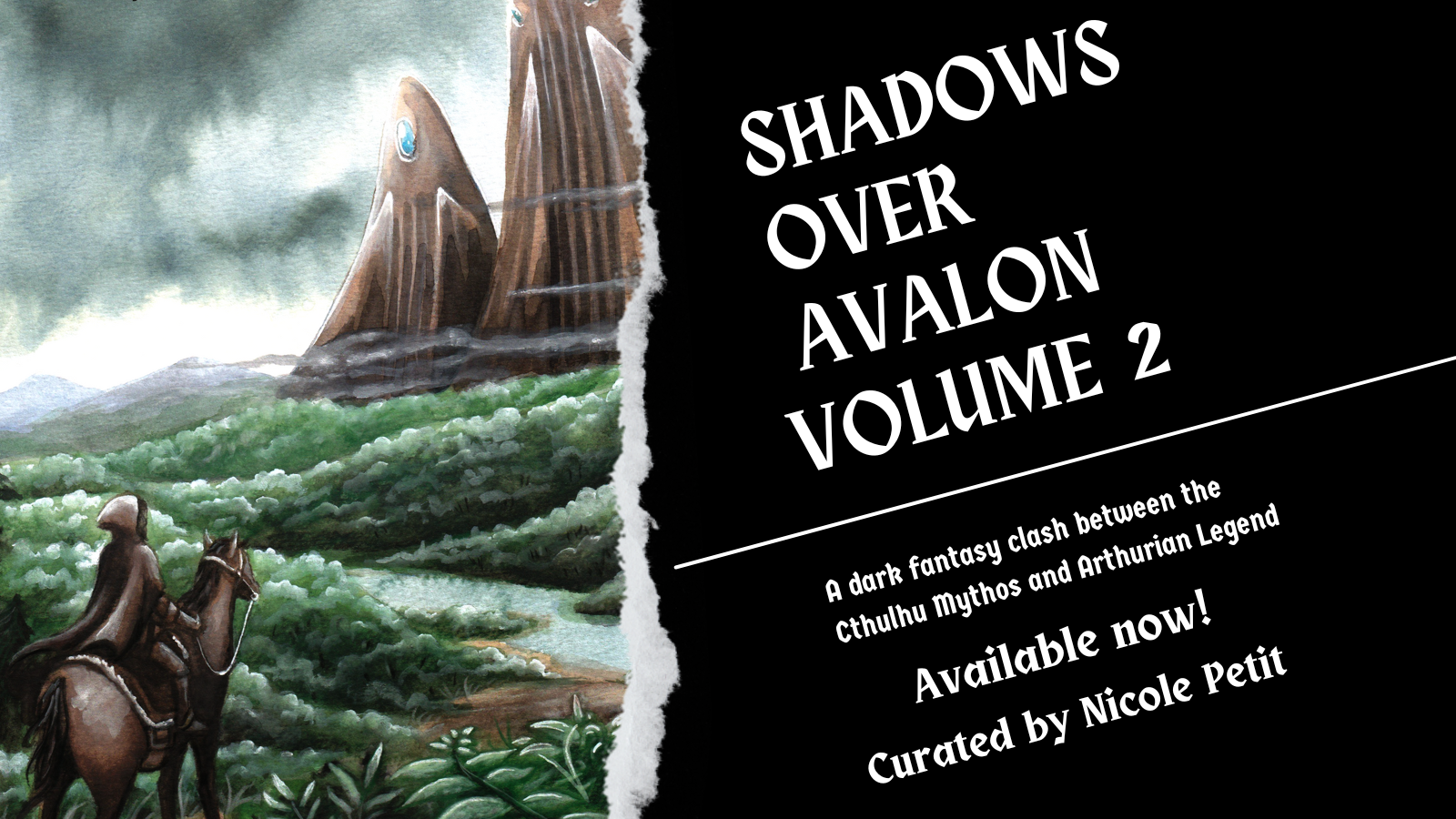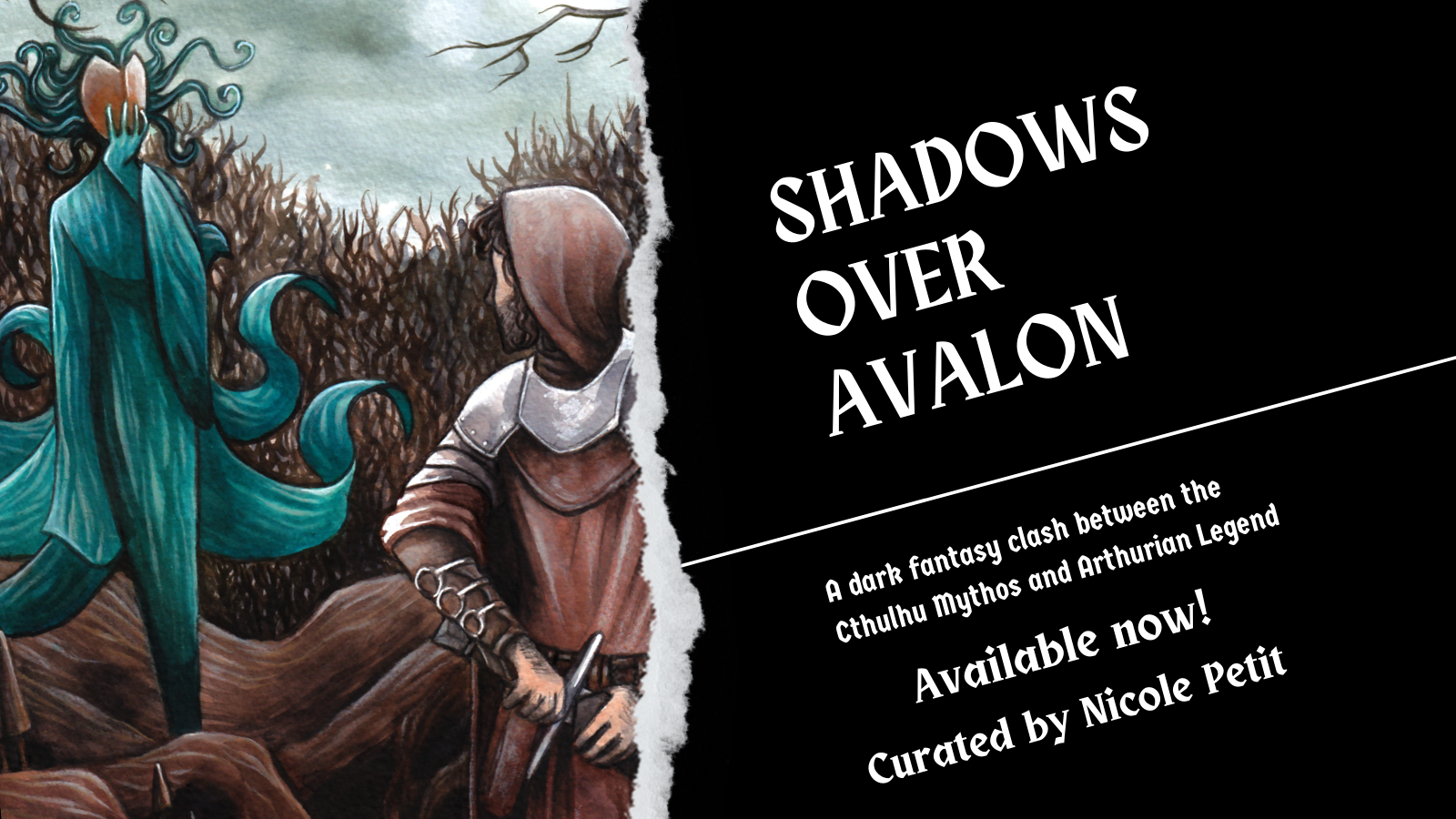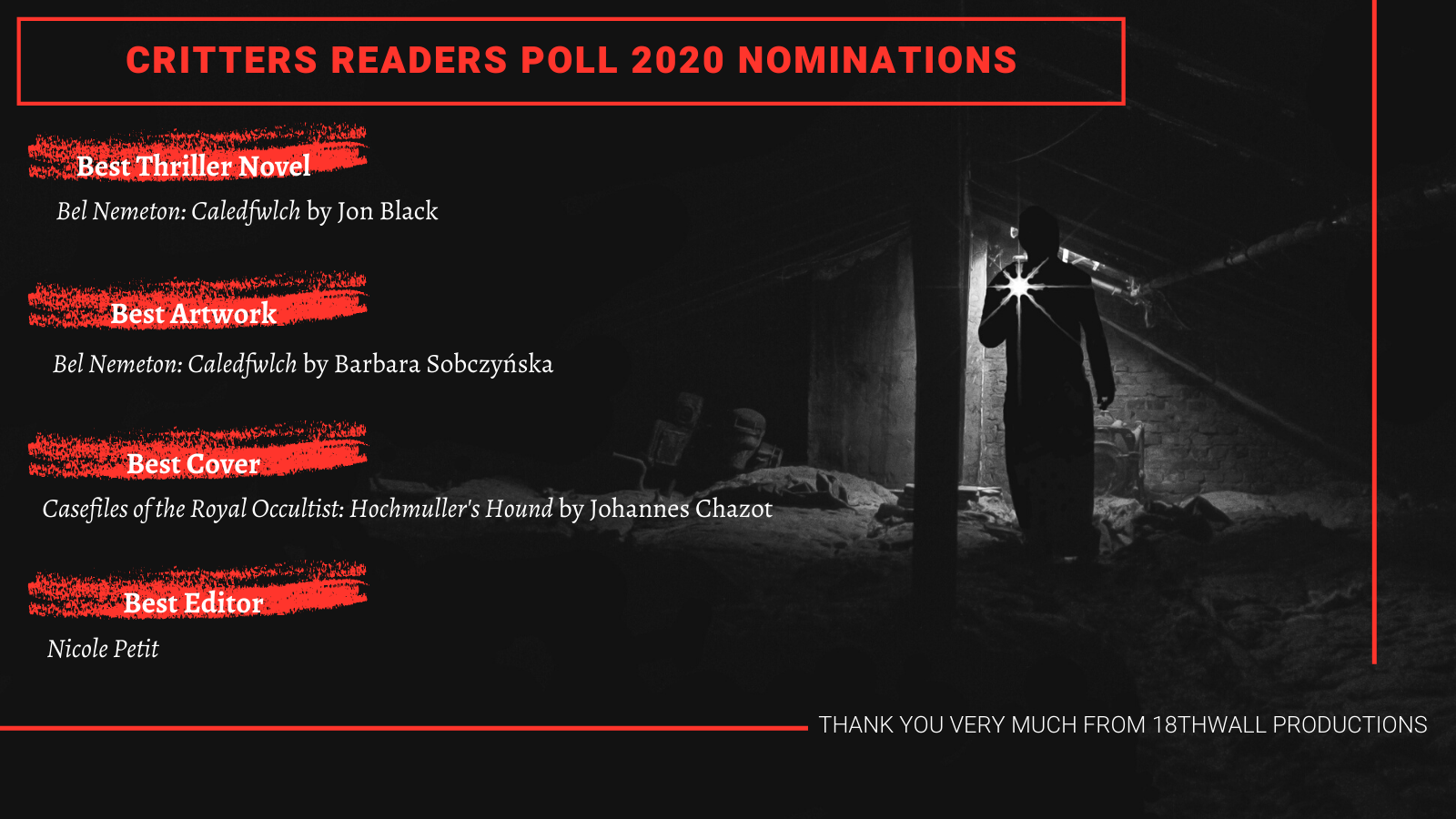
We’re pleased to present our next excerpt from The Chromatic Court – an exclusive look at Paul StJohn Mackintosh’s “The Grey Queen”
EBOOK
18THWALL | AMAZON US | AMAZON UK

Cassie was studying in the Mackintosh Library in the Glasgow School of Art, prepping for the third and final stage of her course, when she first saw the Sign. She knew it was the wrong time to get fixated on something new, with Spring Break just over, and her last term to get under way, but she couldn’t help being captivated. There, set into the dark wood of one of the window bays, was a brass plaque she could not recall seeing before, incised with a strange trifoliate design, like a skeletal clover leaf; and it seemed to vibrate and shiver in a way that made her squint.
Cassie was naturally attracted by effects like that, which had inspired her field of study and her graduate thesis. Trompe-l’œil, forced perspective, quodlibets, and all the other illusionistic tricks that artists and architects use to create space and objects where none existed and distort form, fascinated her. She had almost opted for Painting and Printmaking, before settling on Interior Design within the School’s one-year intensive Masters in Design course in Graphics, Illustration and Photography. Her work still tended to focus on mural decoration and walls, like the reproductions of Rex Whistler’s grisailles for Lady Mountbatten’s boudoir now open on the reading desk in front of her, tessellating imaginary plasterwork across the table. And right there on the wall was an example that she hadn’t noticed before, the work of Charles Rennie Mackintosh himself. (“There’s a lot of Mackintoshes around, lassie. Take the train up to Inverness, and the place is full of them,” she’d been warned when she began the course. “You’d best call him Rennie Mackintosh if you want anyone to be sure who you mean.”)
She got up from her desk, stepped over to the shimmering design by the window, and probed it with hesitant fingers. Nothing changed under her fingertips: all she felt was cool metal, and yet the shape continued to shimmer beneath and between them. She wondered for a moment whether that could be an effect of the weak April sunlight, filtered through typical Glasgow overcast, and picked up a folio from the nearby desk to shade the plaque from the window. The flickering persisted without direct light. Cassie realized she’d been holding her breath, and when she let it out in a sigh, other students nearby looked up and stared at her. Blushing, she put the folio down. Still, she couldn’t step away from the plaque, and she pulled out her phone and snapped off half a dozen shots of it, checking the image gallery immediately after. Light effects could be complex in that dark interior, she knew, with its wood and metal surfaces that hovered somewhere between a forest clearing and a dark reliquary, but the strange shimmer persisted on the phone screen. She fingered the Rennie Mackintosh silver necklace she wore habitually as she gazed at the images.
So inspiring were the images, Cassie decided to take them to her supervisor to ask about them. Frankly, her final term needed a kickstart to give it some central focus. Her critical reflective journal, an essential part of her coursework, bore an uncomfortable resemblance to a random scrapbook in some parts, when it was supposed to be a systematic, analytical exercise in deepening her understanding of her own aesthetic and its theoretical context. Her elective in frescography at least had a clear career goal, but she already had run into trouble in turning all her precious computer time on the School’s Computer-Aided Mural packages into anything more disciplined than haphazard images on virtual walls. She’d hit a wall, she sometimes quipped to herself, in the brief lulls when her anxieties abated enough to allow that insight to resurface. Maybe Rennie Mackintosh had just signposted her way through that wall.
Without waiting, Cassie walked straight out of the Mackintosh Building’s brooding red-gold facade on Renfrew Street and crossed over to the far paler and more contemporary frontage of the Reid Building, just opened to house the School of Design. The new edifice still smelt of paint and fresh plastic, and the staff were clearly not yet settled in, but she found her way through the bustle to the office of Donald Hume, Senior Lecturer and Programme Leader at the School. As it turned out, he was free, and his assistant showed her straight in.
“What can I do for you, Cassie?” he asked, springing up from behind his desk like the older, more Georgian Peter Capaldi he resembled. “What’s so urgent to have got you running up to see me like this?”
“Well, I wanted to pick your brains about something I just came across in the Mackintosh Building, Professor,” she admitted, doffing her bag and laying her phone down on his desk. “It looks like it might be relevant to my work, and I’d like to incorporate it into my final project, if it turns out to fit.”
“A lot of Mackintosh’s interior work was essentially mural rather than architectural. I’m surprised you didn’t pick up on the parallel before. But let’s take a look.” Dr Hume pored over her phone screen, then blinked in recognition. “Ah, that’s the Yellow Sign,” he mused.
“The what?” Cassie hadn’t heard that name before, though her supervisor seemed completely familiar with it. “What is it?”





